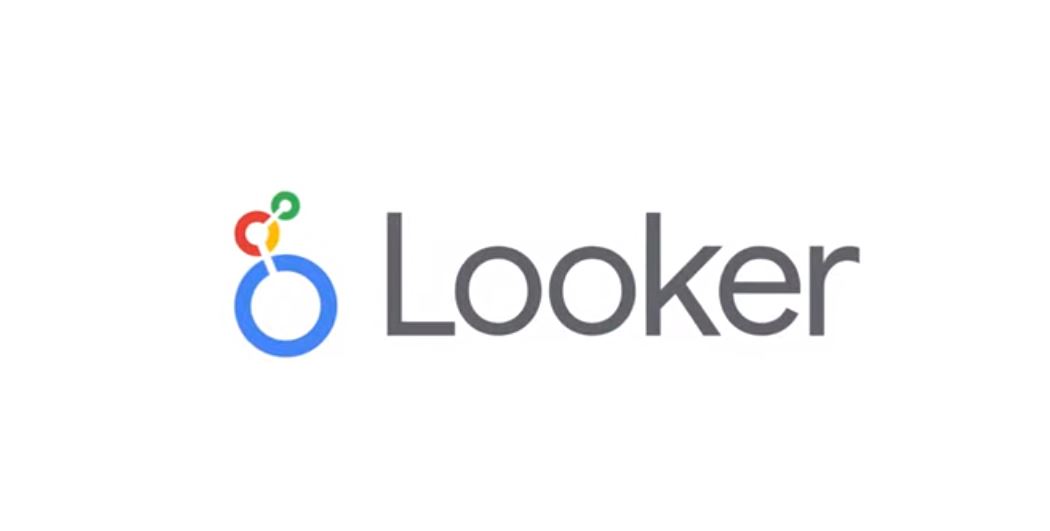Features of Looker BI Tool-Data Analytics Platform

Leveraging the looker platform, the examples are cited of how the organizations can use data to extract business intelligence to explore, analyze, and visualize their data. The foundry year originated in 2012 at the heatedness of Santa Cruz, California and then in June 2019 made part of Google Cloud in order to reinforce Google Cloud’s analytics and data warehouse. The functionality of Looker is formulated with an aim to provide an increased data scope and comparability to a wide spectrum of users.
Looker BI Tool features such as improved decision making with intelligent and up-to-date date access, LookML (powerful SQL based modeling language), embedded analytics, integration with Looker Studio (earlier Google Studio), Looker Modeler (stand alone metrics layer), Looker Components (UI codes), Looker Alert, Looker Blocks and Actions (in built pieces of code) etc. make it different from others. Looker is available as Google Cloud Service and is integrated within existing Google Cloud Portfolio of services in the Cloud Console from where users can initiate and manage their own Looker instance.
In this article, I’ll put some light on the essential capabilities and key features of Looker BI tool which falls under category of business intelligence tools.
1. Exploration and Querying
Looker BI Tool provides a user-friendly interface for exploring and querying data. Users can interact with data through a point-and-click interface without needing extensive SQL knowledge.
2. Data Modeling
Looker uses a modeling layer to define relationships between different datasets. This abstraction simplifies the process of analyzing and visualizing complex data structures.
3. Data Visualization
Looker offers a variety of visualization options, including charts, graphs, and dashboards. Users can create and customize visualizations to convey insights effectively.
4. Collaboration
Looker BI Tool supports collaboration by allowing users to share reports and dashboards with team members. This fosters collaboration and facilitates data-driven decision-making.
5. Embedded Analytics
Looker not only makes it possible for organizations to embed analytics visualizations and dashboards into applications, but also extends analytics capabilities to third-party sites and portals by allowing users to embed analytics.
6. Scheduled Reports
Users can schedule reports to receive regular updates on key metrics. This feature ensures that stakeholders stay informed without actively monitoring the platform.
7. Data Source Connectivity
Looker BI Tool is a tool that can connect to different types of databases, such as data warehouses, databases, and cloud services with ease. By providing data analysis from all platforms on a single platform, this flexibility allows the users to do this.
8. Access Control and Security
Looker provides robust access control features, allowing administrators to manage user permissions and restrict access to sensitive data. Security features include encryption and auditing.
9. SQL Support
Looker BI Tool uses SQL for data exploration and analysis. Users with SQL skills can leverage the language to write custom queries and perform advanced analyses. It offers more than 60 SQL dialects. It offers multi cloud support such as MS Azure, AWS (Amazon Web Service) and Google Cloud.
10. APIs and Extensibility
Looker BI Tool offers APIs (Application Programming Interfaces) that enable developers to integrate Looker functionality into other applications through a secure RESTful API for calling data. The platform also supports customizations to tailor the user experience to specific business needs. These API can be used to create custom applications and data driven workflows. You can also write scripts to automate tasks such as new account’s provisioning, running specific queries, scheduling the reports, or embedding trusted data insights into other systems and applications.
11. Data Governance
Looker BI Tool includes tools for data governance, ensuring that organizations can manage metadata, track changes, and maintain data quality standards.
12. Version Control
Use of version control in Looker models is another strong side, that comes with control over model changes, tracking changes history, and collaboration in model development across the organization.
Looker is well-known for being all about developing an interoperative and intuitive data exploration tool. It is employed by entities be it the healthcare service provider, creators, or marketers since it allows users to acquire insights and improve data-driven decision-making with its key features.
Image credit- Canva
Discover more from Newskart
Subscribe to get the latest posts sent to your email.


Comments are closed.